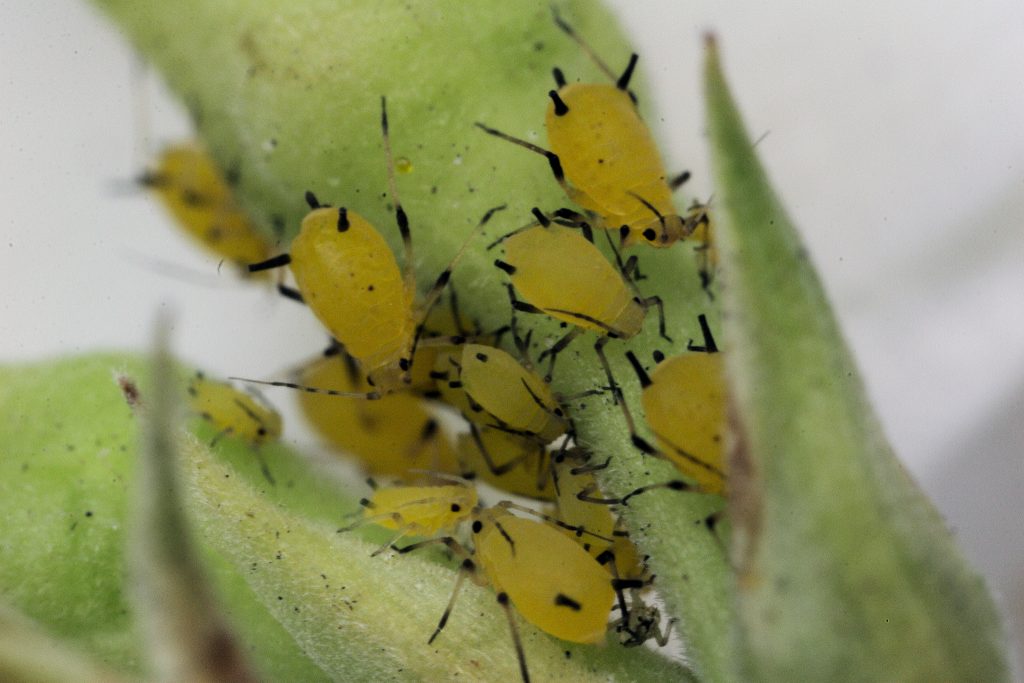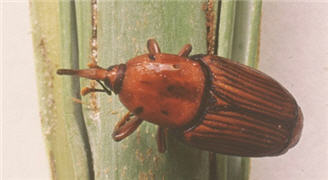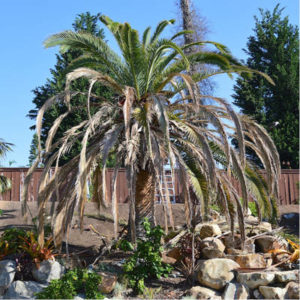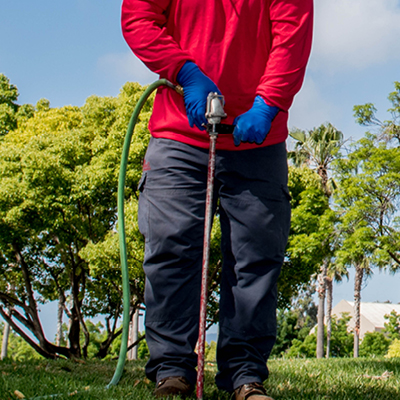Proper Watering of Bay Area Landscaping Trees
Droughts are a frequent occurrence in the Bay Area, making care for your landscaping trees a challenge. Your trees provide many benefits, delivering cool shade, improving air quality, controlling water runoff and erosion, and increasing your property value. To safeguard their health and prevent drought conditions from making them vulnerable to pests and diseases, ensuring your trees have the water they need to survive this stressful time is essential.
Large Trees Need Deep Watering At Least 1-2 Times Per Month
Any tree species accustomed to regular watering can experience stress in drought conditions. Water-loving birches, redwoods, and maples are especially at risk. During a drought, you can transition mature trees that have been surrounded by a generous layer of mulch to a regimen of deep water irrigation 1-2 times per month. However, we recommend closely monitoring your trees. When temperatures reach or surpass 95 F, more frequent watering may be necessary.
Tips for Watering Bay Area Landscaping Trees
- Look to age and species to determine frequency
Our ISA certified arborists can help you determine the best watering schedule for your trees. Young, newly planted trees require more water than established trees, up to 4 times per week in the summer. Native trees, such as California oaks, need far less water than non-native species, requiring only one or two deep soaks over the summer season. - Install irrigation carefully to avoid trunk rot
Concentrating water at the base of a tree can cause trunk rot. To avoid this and get better root coverage, run your drip line in a spiral from the outer edges of the tree canopy, spiraling toward the trunk. Use a soaker hose or low-flow stream rotator heads, avoiding the use of wasteful sprinklers/sprayers. - Time your watering to minimize waste
When irrigating your commercial property or residential complex, it’s best to water in the early morning or after sunset to minimize water evaporation. - Water to the proper depth
Unlike grass, which has shallow roots, your trees require a deeper soaking. After watering, check the soil beneath trees, verifying it is moist (not soggy) to at least 18 inches deep.
Boost Your Irrigation Efforts with Mulching
Integrating wood chip mulch as part of your drought protocol can be a fantastic aid to your watering efforts, keeping moisture in the soil longer, and reducing water consumption by 10-25%. Adding a thick, 4-6 inch layer around your trees also protects roots from any extremes of cold and heat, as well as reducing the prevalence of weeds and grass that compete for water and nutrients.
Uphold the beauty and value of your property with the proper watering of your Bay Area landscaping trees. Contact Arborwell Professional Tree Management at to request an arborist consultation on your San Jose, San Francisco, Oakland, Livermore, or Palo Alto property today.











